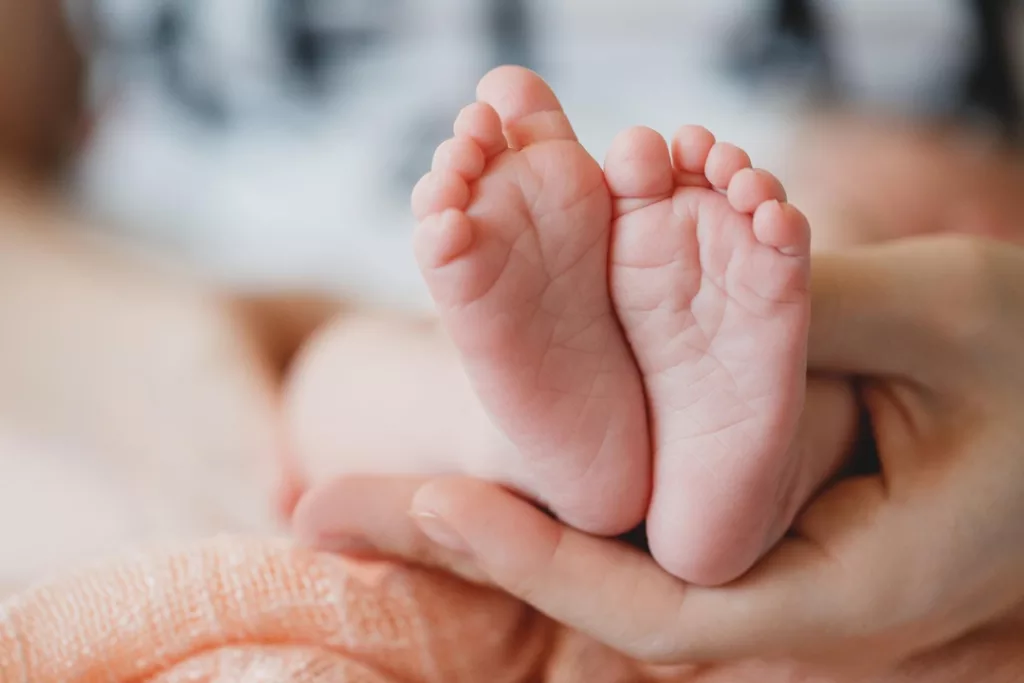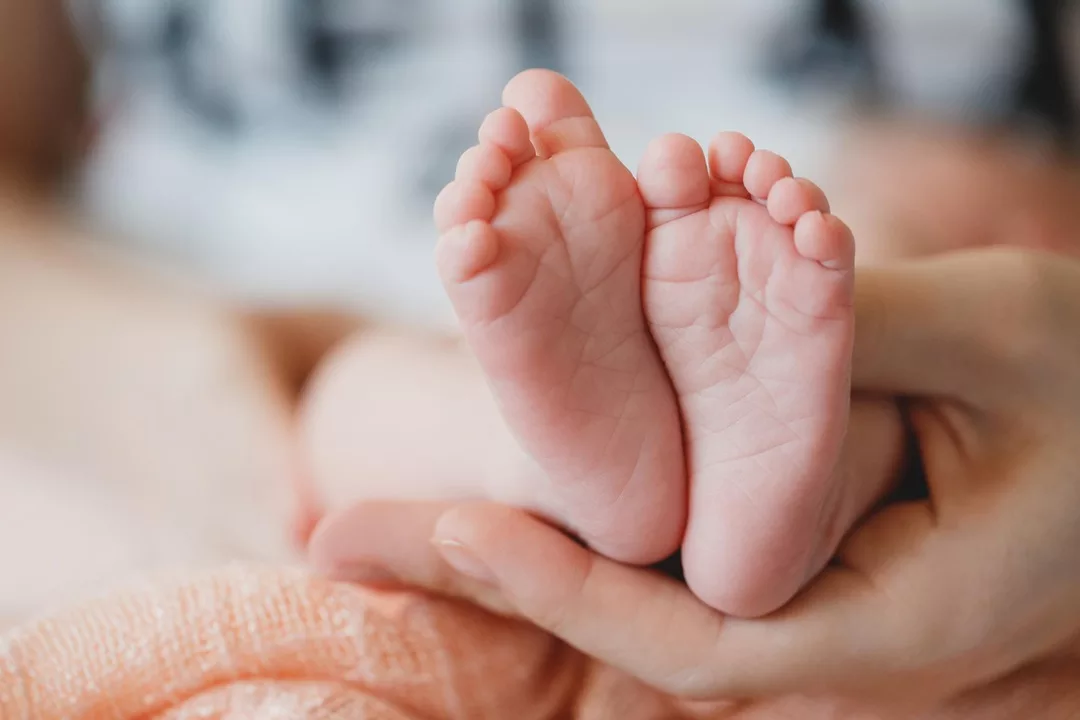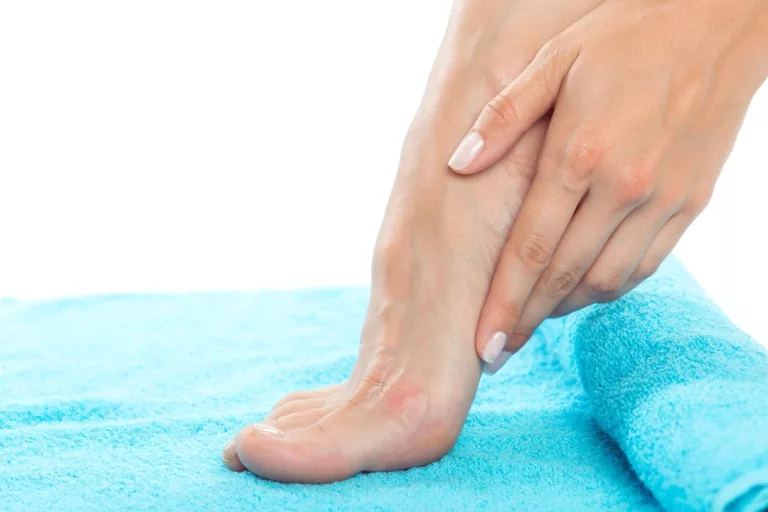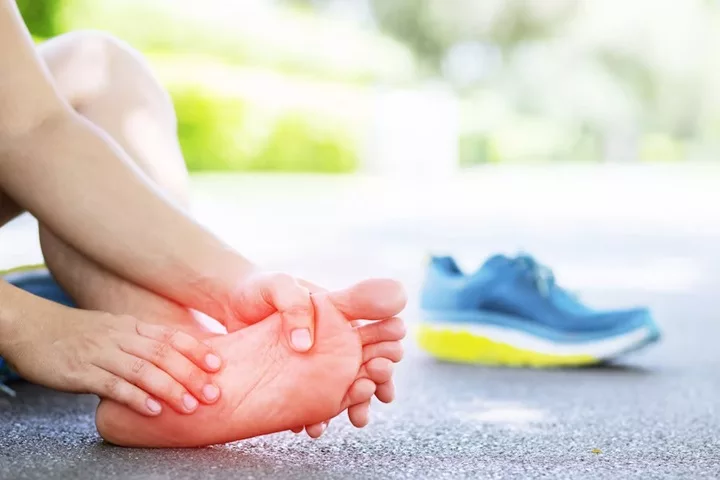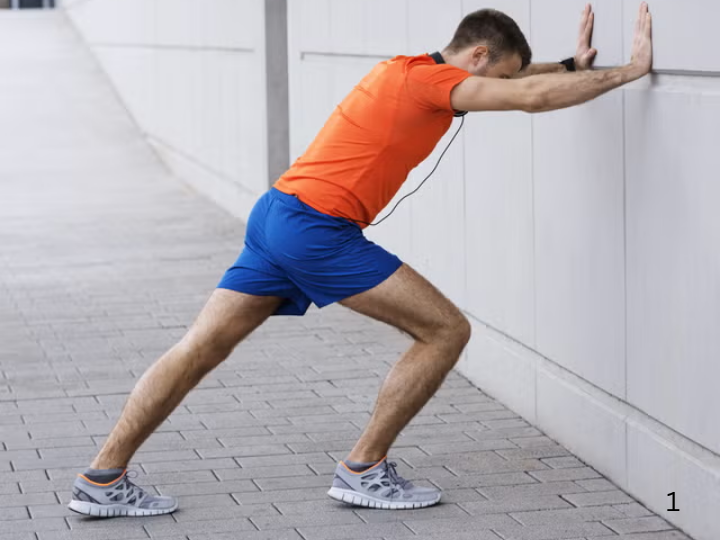Pigeon toes, a common childhood condition where the feet point inward when walking, may seem alarming to parents but often is a part of normal development. The condition, also known as in-toeing, typically corrects itself without intervention. Nonetheless, it’s critical to understand the causes, treatments, and common misconceptions associated with pigeon toes, as well as when it’s necessary to consult a foot and ankle surgeon.
The Intricacies of Pigeon Toes in Children
Intoeing is often observed in children and raises concerns amongst parents. It manifests early and is easily noticeable when a child starts walking. While it may lead to questions about long-term effects such as tripping, pain, or difficulty in standard activities, the cause behind it is rarely serious and often self-corrects as a child grows.
Primary Causes of Pigeon Toes
The origins of pigeon toes can be traced back to several factors:
- Metatarsus Adductus: This is a curve in the foot that often corrects itself.
- Tibial Torsion: An inward twist of the shinbones that usually resolves spontaneously.
- Femoral Anteversion: An inward twisting of the thigh bone typically resolved with age.
Parents may wonder about the genetics of pigeon toes or if their child’s posture or activities could contribute to the condition. It’s important to recognize that while genetics can play a role, everyday activities or posture rarely cause attention.
Treatment Options
When considering how to correct pigeon toes, it’s reassuring to know that in most cases, no specific intervention is necessary. However, if complications arise, a more proactive approach may be taken:
- Observation – Monitoring the child as they grow, as many cases resolve naturally.
- Bracing or Splinting – In some scenarios, to guide the foot into a more natural position.
- Physical Therapy – To enhance muscle strength and coordination.
- Surgery – Rarely required, and usually reserved for severe or persistent cases.
Parental concerns typically revolve around the question, “Will my child’s pigeon toes lead to other problems?” The good news is that eating usually doesn’t hinder children from walking, running, or playing sports as they develop.
Dispelling Common Misconceptions
Intoeing vs. Clubfoot: While both conditions affect the feet, pigeon toes and clubfoot are not the same. Clubfoot is more severe and noticeable at birth, where the foot is twisted out of shape or position.
Pigeon-toed Horses: Within the equine world, the repercussions of being can be different. Yet, just like in humans, many pigeon-toed horses lead fully active lives, and yes, they can be ridden. What’s crucial is ensuring the horse is comfortable and not in pain.
Seeking Professional Advice
Downloading printed materials from credible sites like arizonafoot.com is valuable. Nonetheless, consulting a foot and ankle surgeon becomes essential when there are genuine concerns such as persistent pain, difficulty walking, or structural abnormalities. These healthcare professionals can evaluate and provide an accurate diagnosis and treatment plan.
When To Seek Examination
Consider professional examination if:
- The incoming is severe or worsening.
- It leads to significant tripping or falls.
- Shoes are difficult to fit or cause discomfort.
- There is associated pain in the feet, ankles, or legs.
- The condition persists beyond the early childhood years.
Conclusion and Next Steps
Pigeon toes in children can be a source of concern, but understanding the facts can alleviate undue stress. In most cases, intervention does not call for any medical intervention and resolves itself as the child’s musculoskeletal system matures. However, if the injury is pronounced, ends in frequent trips and falls, or continues beyond the early years, a specialized foot and ankle surgeon’s expertise will be necessary.
